Hamming It Up: How 24 High School Students Spoke With An Astronaut On Board The ISS

By John Oncea, Editor
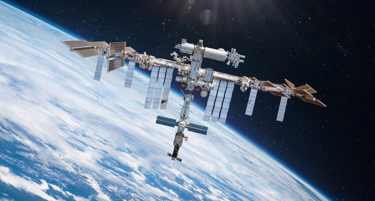
Thanks to a technology that can be traced to the late 19th century, a passionate advisor, and a committed school district, 24 high school students were able to speak to a Danish astronaut aboard the International Space Station 250 miles above the Earth.
Kelly Hess had a problem: her hands were sweaty.
What can cause a veteran teacher and administrator – she's retiring at the end of the school year after 31 years in public education in Harborcreek* – to ... well ... sweat? After all, she’s been through so much over the years, including the administrative headaches and stresses that came with managing the district’s 2,200 students through the nightmare of COVID-19 in 2020/21.
“Technology,” Hess said. “You never know what you're going to get when dealing with technology.” So, what are we talking about here? Poor network infrastructure? Keeping students safe online? The lack of resources?
Nope – it was amateur radio, a technology that’s been around since the 19th century. More specifically, it was supporting Harbor Creek High School Assistant Principal Drew Mortensen and the 24 members of Harbor Creek’s Advanced Technologies Group (ATG) as they were about to attempt to contact the International Space Station (ISS) using nothing more than a ham radio.
Oh, and did I mention more than 50 family members were there? And a couple of hundred students? And, of course, venerable newsman Harry Smith and his Today Show crew, filming the event.
* Yes, the township, surrounding my hometown of Erie, PA, is “Harborcreek” and the school district is “Harbor Creek,” and I've never been able to find out why.
The Tech Guy
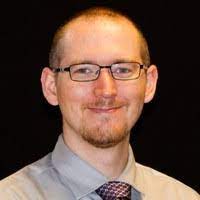 Drew Mortensen (call sign AC3DS) is a technology nerd. When COVID forced Harbor Creek to switch to online learning in 2020, it was Mortensen who rolled out the technology, explained how it works to staff and students, and fielded questions from parents. To anyone who ever tried to manage an implementation like this know one thing: he volunteered for the job for a chance to play with the technology the school was implementing.
Drew Mortensen (call sign AC3DS) is a technology nerd. When COVID forced Harbor Creek to switch to online learning in 2020, it was Mortensen who rolled out the technology, explained how it works to staff and students, and fielded questions from parents. To anyone who ever tried to manage an implementation like this know one thing: he volunteered for the job for a chance to play with the technology the school was implementing.
Mortensen’s education – he’s a 2005 graduate from Cairn University with a Bachelor of Science, Education Degree and a 2011 graduate of Saint Joseph’s University with a Master of Science, Instructional Technology – also screams “tech guy.”
But it’s not only modern technologies that Mortensen cares about. He’s also passionate about amateur radio – also known as ham radio – having earned his credentials as an Instructional Technology Specialist by the Pennsylvania Department of Education in 2010. Then, in 2018, Mortensen earned his FCC: Element 2 (Technician), FCC: Element 3 (General), and FCC: Element 4 (Amateur Extra) amateur radio licenses.
His two passions aligned on December 11, 2023, when Mortensen oversaw Harbor Creek’s ATG students in their attempt to contact the International Space Station (ISS) as part of the Amateur Radio on the International Space Station (ARISS) program.
The Astronaut
Andreas Mogensen (NA1SS/KG5GCZ) was born in Copenhagen, Denmark, and enjoys rugby, basketball, and squash. He is also active in several adventure sports, including scuba diving, skydiving, kite surfing, kayaking, and mountaineering. Other interests include science, in particular astrophysics, exobiology, and evolution.
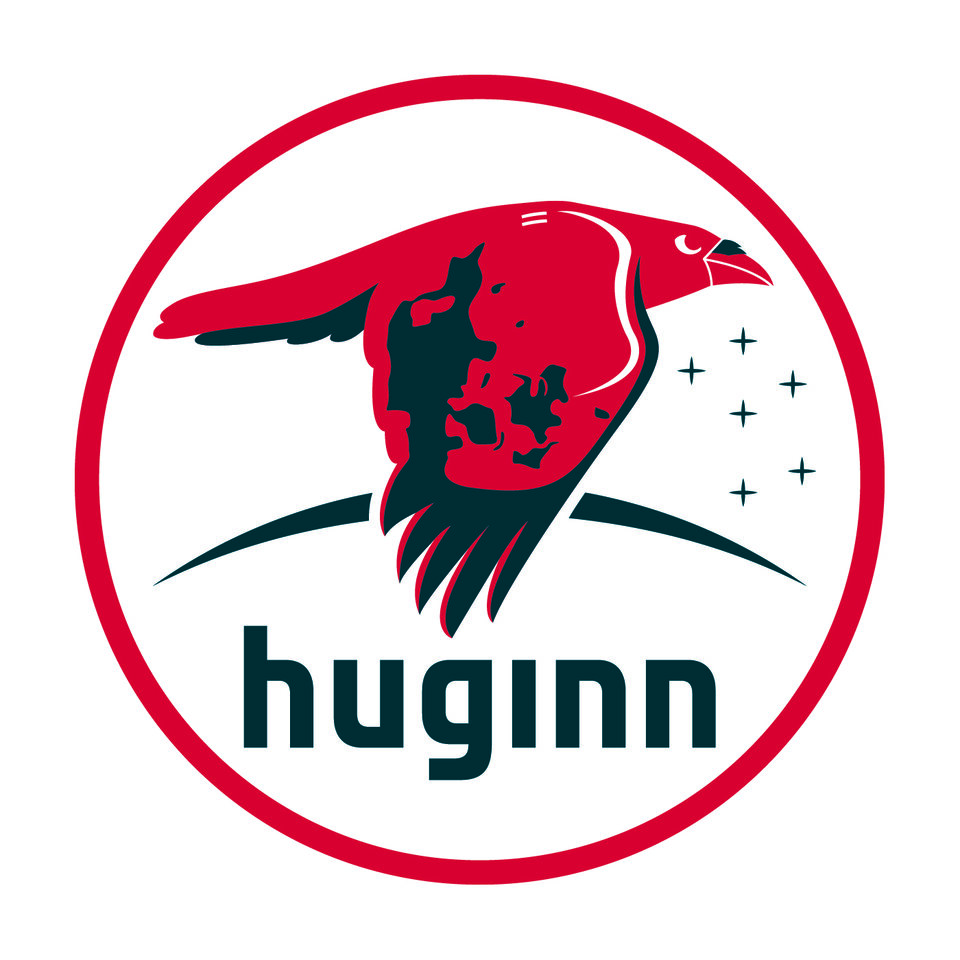 He is also an astronaut with the European Space Agency and is currently on board the ISS for his second mission, Huginn. Mogensen chose the mission’s name which originates in Norse mythology with Huginn and Muninn – two raven accomplices of the god Odin. Together, the two symbolize the human mind, with Huginn representing thought, and Muninn, memory.
He is also an astronaut with the European Space Agency and is currently on board the ISS for his second mission, Huginn. Mogensen chose the mission’s name which originates in Norse mythology with Huginn and Muninn – two raven accomplices of the god Odin. Together, the two symbolize the human mind, with Huginn representing thought, and Muninn, memory.
In Norse mythology, birds were not only seen as mere spies or messengers for the gods but also as their confidants and advisors who could speak human language. Every dawn, Odin would send them out to fly across Midgard, gathering worldly knowledge to report back each evening. The parallels between this ancient tale and human spaceflight are clear – during his time on the ISS, Mogensen is conducting cutting-edge scientific experiments whose results will be used to improve life back here on Earth.
“Astronauts are explorers that travel into space to gather information and expand our knowledge of our world, much like Huginn, who was sent out each day to fly around the world and bring back information to Odin,” said Mogensen. “I’m very pleased with the name Huginn, as it is so symbolic of my upcoming mission to the International Space Station.”
Two Dozen Huskies And The ISS
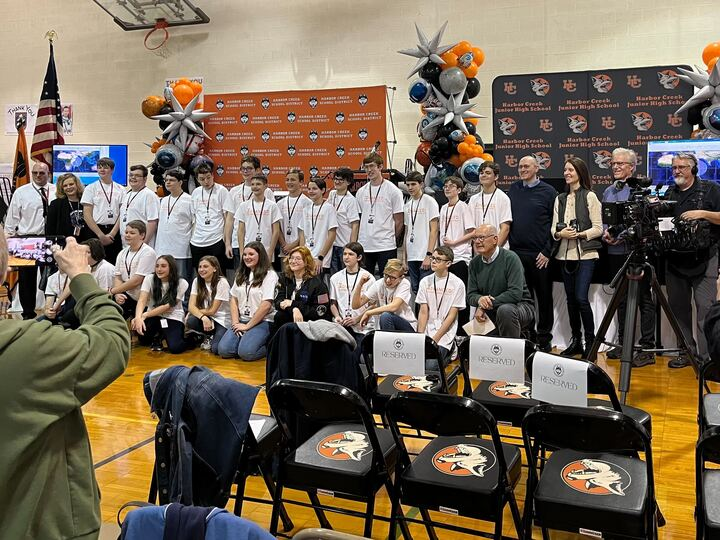 Harbor Creek’s ATG (KC3SGV) was founded in 2018 and became an official student organization in 2021. Over the years and under the direction of Mortensen, past and current members accomplished multiple high-altitude balloon launches, including a June 2023 launch featuring live APRS tracking, weather data collection instruments, GPS tracking, and a live HD video broadcast.
Harbor Creek’s ATG (KC3SGV) was founded in 2018 and became an official student organization in 2021. Over the years and under the direction of Mortensen, past and current members accomplished multiple high-altitude balloon launches, including a June 2023 launch featuring live APRS tracking, weather data collection instruments, GPS tracking, and a live HD video broadcast.
Other 2023 club projects allowed students to learn astrophotography using a tracking mount and software, discover how to map the universe’s hydrogen levels through radio astronomy, and receive images of the Earth from the NOAA GOES satellite.
ATG upped its game that Monday in December with its attempt to contact the ISS, an orbiting laboratory and construction site that brings together the scientific expertise of many nations to maintain a permanent human outpost in space. The ISS currently weighs about 400 metric tons and measures 358 feet in length. The station refuels three to four times a year and is usually operated by a seven-person crew. The ISS circles the Earth once every 90 minutes and has been manned and operated since November 2000.
Harbor Creek’s ATG attempt was one of around 70 ARISS events planned for 2023. The Huskies’ try, however, is the only one in which the contacting school built and supplied the equipment needed. Typically NASA, the ESA, the Canadian Space Agency, Roscosmos, or the Japan Aerospace Exploration Agency sponsor this educational opportunity by providing the equipment and operational support.
ARISS notes that ATG’s student club members (grades 7-12) have been preparing for this ARISS contact by building the antennas and learning the various systems and skills needed to make a successful ISS contact. Many of the students earned their FCC ham licenses in the process.
Teachers Teach
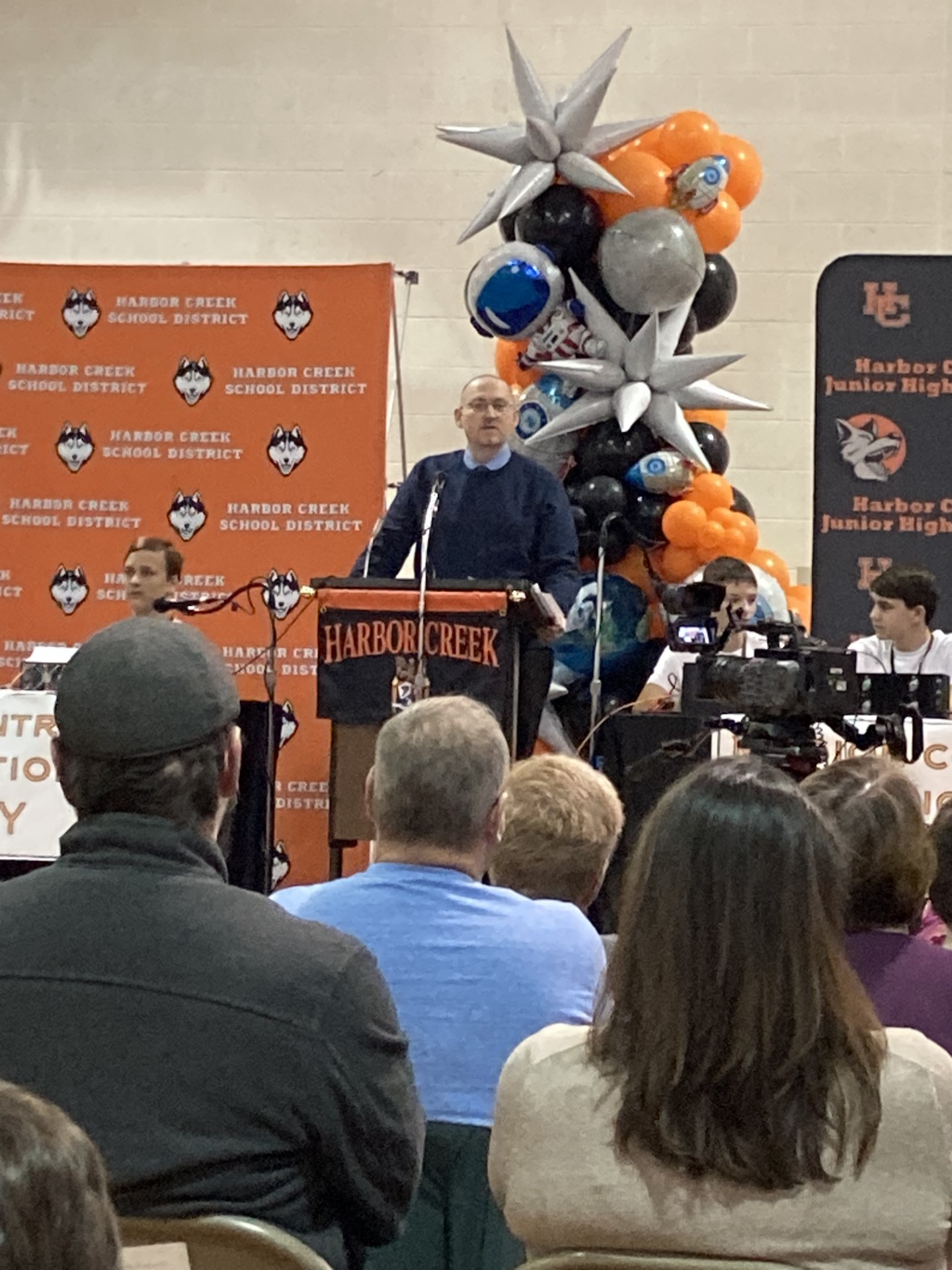 Under Mortensen’s direction, Harbor Creek has seen 16 students earn their amateur radio licenses since November 2022, with three going on to earn their General-class licenses and three more going on to earn their Amateur Extra-class licenses. According to The National Association for Amateur Radio, Mortensen also oversees regular ATG meetings that are filled to “maximum capacity.” ATG members, in addition to attempting to contact the ISS, managed the event itself, including livestreaming it on their YouTube channel.
Under Mortensen’s direction, Harbor Creek has seen 16 students earn their amateur radio licenses since November 2022, with three going on to earn their General-class licenses and three more going on to earn their Amateur Extra-class licenses. According to The National Association for Amateur Radio, Mortensen also oversees regular ATG meetings that are filled to “maximum capacity.” ATG members, in addition to attempting to contact the ISS, managed the event itself, including livestreaming it on their YouTube channel.
All told, Mortensen and his students have been preparing for the last nine months to talk to Mogensen who is currently traveling at 17,500 miles an hour, 250 miles above our heads, according to YourErie. The impact of Mortensen’s passion for amateur radio was heard in the voices of ATG members, including eighth-grader Liam Ferrick who said, “I’ve grown up in an age where we just have the internet, and we take other stuff for granted like the radio, but its honestly very important.”
Fellow sophomore Miguel Erb added, “It took a lot of practice with a bunch of other satellites to do something like this. We had to set up the program too, to make that work. It was very challenging.”
The efforts made by Harbor Creek's two dozen ATG members weren’t lost on Gordon Scannell (KD8COJ), an ARISS technical mentor who travels throughout the U.S. supporting ISS contacts. Scannell described the Harbor Creek students as one of the most unique he has ever worked with. “About three-quarters of the students that you see on this stage today are already licensed amateur radio operators. So, they’ve done this, they know how to do this.”
Danes In Space
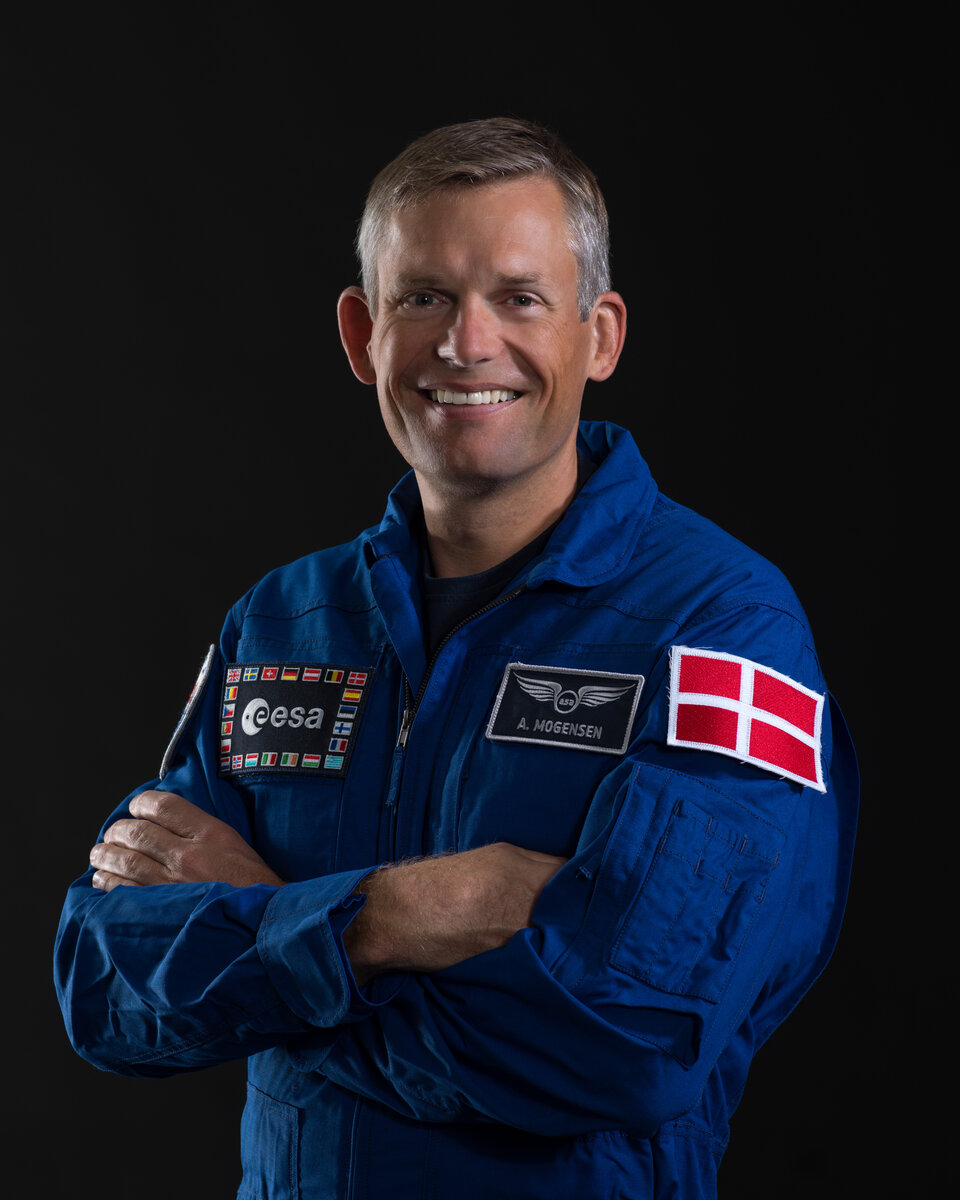 Mogensen, the first Danish citizen in space, returned this past August for his second spaceflight to the ISS onboard SpaceX Crew Dragon Endurance as the first non-American to serve as a pilot. He will stay for six months, his first long-duration mission after his 10-day mission, iriss, in 2015.
Mogensen, the first Danish citizen in space, returned this past August for his second spaceflight to the ISS onboard SpaceX Crew Dragon Endurance as the first non-American to serve as a pilot. He will stay for six months, his first long-duration mission after his 10-day mission, iriss, in 2015.
In the role of pilot of Crew Dragon, he was in charge of the spacecraft’s systems and performance as they launched from Cape Canaveral, FL to the ISS where he currently is performing and supporting numerous European and international experiments in orbit during the Huginn mission. His crew mates include Commander and NASA astronaut Jasmin Moghbeli, Mission Specialist and JAXA astronaut Satoshi Furukawa, and Mission Specialist and Roscosmos astronaut Konstantin Borisov.
Mogensen was selected as an ESA astronaut in May 2009 and completed the astronaut basic training program at the European Astronaut Centre in Cologne, Germany in November 2010. Since completing the astronaut basic training program, he has been trained and certified as a private pilot by the Lufthansa flight school and is trained and qualified for spacewalks using both the American EMU spacesuit and the Russian Orlan suit.
Like most astronauts and cosmonauts, Mogensen has his amateur radio license. Those that don’t aren’t permitted to take part in the ARISS program or use the ISS’s ham radio to contact amateur radio stations on the ground in their free time.
40 Years Of Contact, 40 Years Of Memories
 Students have been talking to astronauts in space for 40 years when crew members on the space shuttle Columbia first used amateur radio to communicate with people on Earth. That program, the Shuttle Amateur Radio Experiment (SAREX), ended in 1999, according to NASA.
Students have been talking to astronauts in space for 40 years when crew members on the space shuttle Columbia first used amateur radio to communicate with people on Earth. That program, the Shuttle Amateur Radio Experiment (SAREX), ended in 1999, according to NASA.
In October 2000, amateur radio equipment was launched to the space station along with its first crew members, who deployed it on Nov. 13, 2000. ISS Ham Radio, also known as Amateur Radio on the International Space Station (ARISS), has operated continuously since then. Each year, the program hosts about a hundred contacts. It has now directly connected over 100 crew members with more than 1 million student participants from 49 U.S. states, 63 countries, and every continent. These experiences encourage interest in science, technology, engineering, and mathematics (STEM) education and help inspire the next generation.
Ham radio also contributes to astronaut well-being. In addition to scheduled contacts, crew members often crank up the radio during their free time to catch calls from around the world.
NASA astronaut Kjell Lindgren, who participated in the ARISS program in each of his missions, spoke to “hams” on all seven continents with his favorite contact being with eight-year-old Isabella Payne and her father Matthew Payne in the United Kingdom. “Hearing her young, accented voice cut through the static – I was very impressed to hear her calling the space station,” said Lindgren. “It made my day!”
The program encourages international collaboration by training crew members through multinational teams. Italian teams have designed and constructed antennas, while German teams have built repeater stations that enhance ham contacts. Additionally, amateur radio operates as an emergency backup communication network for the space station.
“I hope the program continues for a long time,” said Andrew Maichle who, as a student at Mill Springs Academy in Alpharetta, talked to NASA astronaut Scott Tingle on the ISS in May 2018. “It is so important for kids trying to figure out what you want to accomplish in life. It is cool to have that memory that sticks with you. It inspires so many people.”
Lindgren adds, “I would love for there to be a continued amateur radio presence in human spaceflight. I expect we’ll have a radio on the space station for as long as it operates. Then can we put a ham radio station on the Moon? Now that would be cool.”
17 Memorable Minutes
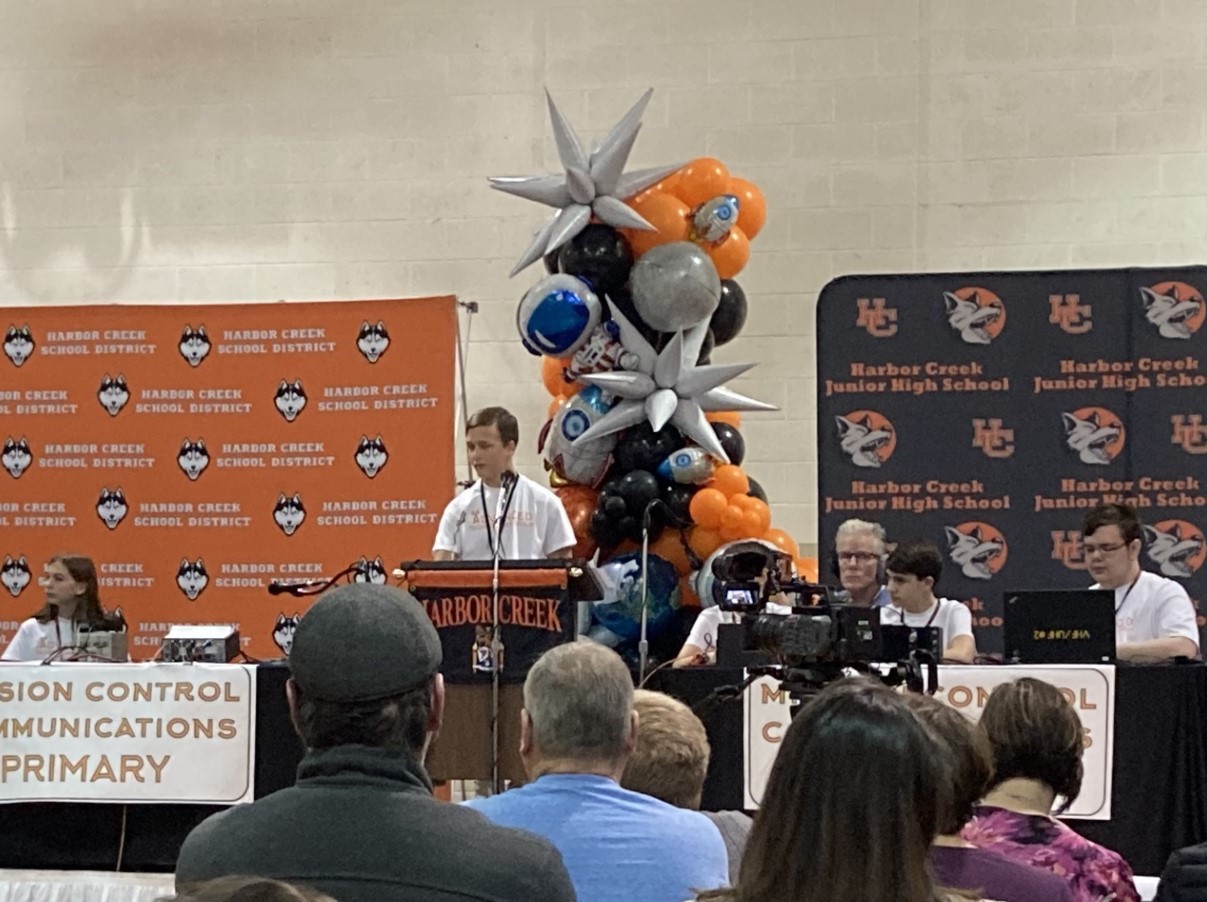 “NA1SS. NA1SS. This is KC3SGV,” repeated Harbor Creek sophomore Giles Veit, over and over for more than five minutes. Mortensen had issued a warning that contact could take awhile but those five minutes seemed like an eternity with Veit repeating the phrase and Mortensen pacing off to the side, stopping periodically to catch his students' attention and give them an encouraging thumbs up.
“NA1SS. NA1SS. This is KC3SGV,” repeated Harbor Creek sophomore Giles Veit, over and over for more than five minutes. Mortensen had issued a warning that contact could take awhile but those five minutes seemed like an eternity with Veit repeating the phrase and Mortensen pacing off to the side, stopping periodically to catch his students' attention and give them an encouraging thumbs up.
It was truly a “goosebump” moment when Mogensen replied and ATG realized it had established contact with Mogensen. There were even audible gasps from several parents followed by a standing ovation when Mogensen responded to the student’s call.
Mortensen fired off several fist pumps reminiscent of Tiger Woods sinking a winning putt on the 72nd hole of the Master. He followed up with a victory lap around the gym dishing out high-fives and handshakes before a congratulatory hug from an unidentifiable but equally happy event attendee.
Veit said of the moment, “Once Commander Mogensen responded it was such a relief. I’m still lightheaded like half an hour later. It’s just wonderful really.”
Once the applause ended, members asked Mogensen their questions about space. The first question, asked by junior Gavin Williams (KC3UZJ), was is the work astronauts are doing today going to help humanity in the future. Before contact was lost, students asked Mogensen how long until we’re living in space, if we were alone in the universe, what the hardest thing to acclimate to on the ISS was, and more. All told, Mogensen answered 13 questions in a little more than 10 minutes.
By my count, nearly 17 minutes passed from the time Veit began attempting to make contact until the ISS moved out of range. The contact between the Huskies and Mogensen, supported by members of the Wattsburg Wireless Association Amateur Radio Club (K3WWA), served as an educational opportunity for students, teachers, and the general public to learn about space exploration, space technologies, and satellite communications.
I Wish There Was A Way To Know You Were In The Good Old Days Before You Actually Left Them
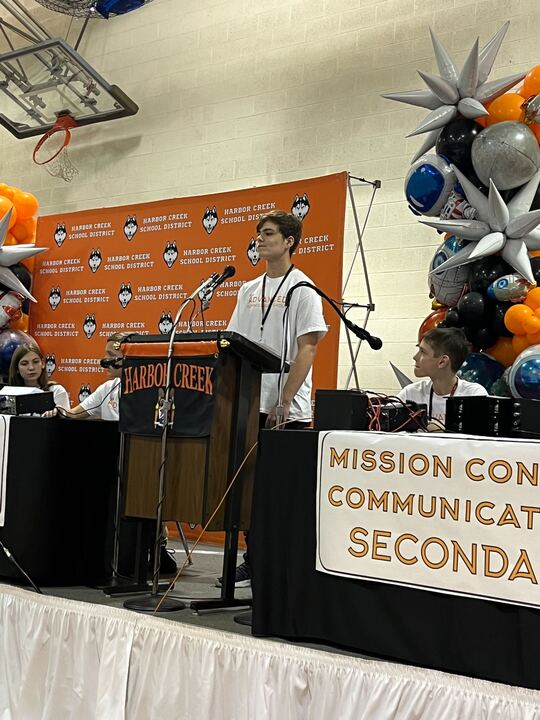 As I left, I wished Hess and Mortensen well (I found him, still euphoric and enjoying a celebratory man-hug with ARISS’s Scannell) and thought what a great moment this was for the Harbor Creek School District. Upon returning to the office, I saw my coworker, Michelle Traphagen, mother of ATG member Jonathan Traphagen (KC3WYF, pictured at right). She was responsible for bringing this event to my attention and was busy being a proud mom, sharing her story with anyone and everyone. What a great moment this was for her, I thought. Seeing a child accomplish something so unique is a moment that should be celebrated.
As I left, I wished Hess and Mortensen well (I found him, still euphoric and enjoying a celebratory man-hug with ARISS’s Scannell) and thought what a great moment this was for the Harbor Creek School District. Upon returning to the office, I saw my coworker, Michelle Traphagen, mother of ATG member Jonathan Traphagen (KC3WYF, pictured at right). She was responsible for bringing this event to my attention and was busy being a proud mom, sharing her story with anyone and everyone. What a great moment this was for her, I thought. Seeing a child accomplish something so unique is a moment that should be celebrated.
Traphagen was, in addition to talking about the event, sharing the video she took of Veit repeating the phrase, “NA1SS. NA1SS. This is KC3SGV,” followed by the moment Mogensen responded. It also captured the look of relief and pride on Veit’s face as he nearly swooned in excitement. It dawned on me while watching that video of what a great moment this was for those students.
Nine months of blood, sweat, and tears pay off with an experience that will last a lifetime. The opportunity to bond with 24 classmates on a project so special the Today Show sent Harry Smith to cover it. Being guided by a caring professional such as Drew Mortensen to almost reach for the stars literally.
Great moments are born from great opportunity, Herb Brooks supposedly said before the American hockey team upset the Russians in the 1980 Winter Olympics in Lake Placid, N.Y. Thanks to the opportunity created by Mortensen and the Harbor Creek School District, 24 members of the Huskies Advanced Technologies Group will have a great moment to share for the rest of their lives.
